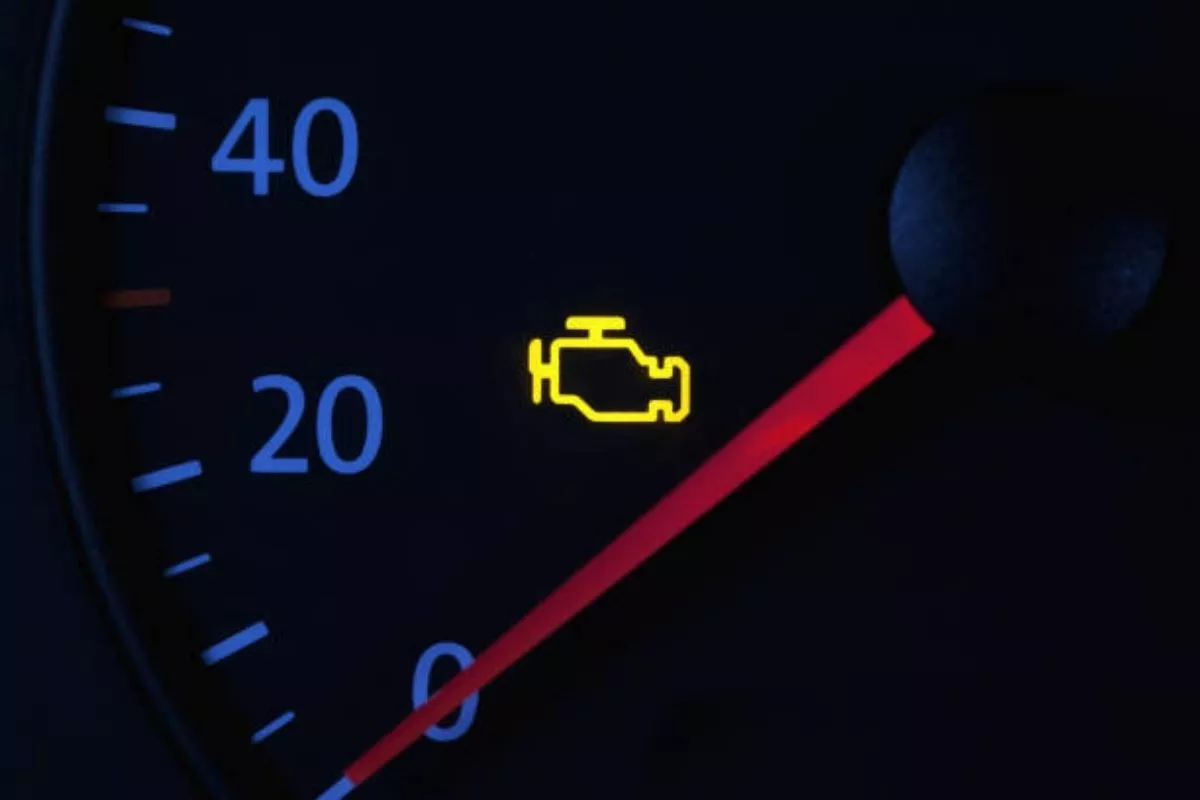In modern cars, a throttle position sensor is a part of the fuel management system that takes into account the position of the throttle valve.
The said information indicating just how deep the pedal is pressed is then transmitted to the engine control unit (ECU). In turn, the ECU will supply fuel to the engine, that’s appropriate to the amount of air that’s being pulled in.
In older cars, the accelerator pedal is attached to a butterfly valve in the throttle body. Pressing the pedal pulls the valve, which pulls in more air, thus providing more power.
Throttle Position Sensor - Explained [Engineering Expalained]
Sometimes, the throttle position sensor in modern cars can go bad. This will either result in further damage to the fuel system, stalling, less than optimal fuel economy, and many other issues.
As we’ve said, engine output is controlled by adjusting the air and fuel mix, and without a throttle position sensor (TPS), the engine cannot tell the right amount of fuel or air to deliver into the engine.
So then, how can we tell if the TPS has gone bad? Well, here are eight possible symptoms of a bad throttle position sensor.
Symptom #1: The check engine light is on
One of the most common ways to tell that a car’s TPS has gone bad is that the engine warning light is on. Do note that many other issues can activate the check engine light, and there might even be a chance that you’re getting a false reading.
Just to be sure, borrow an OBD-II reader and perform a system check.

Seeing this is traumatizing for car owners
>>> Related: Best high quality OBD-II car diagnostic scanners
Symptom #2: Engine won’t idle smoothly, or stalls
When you’re driving and you’re experiencing a rough-feeling idle, or when you hear your engine misfiring, then this can be a tell-tale sign of TPS that’s going bad. In most cases, air/fuel-starved engines caused by a bad TPS will also stall.
Symptom #3: Car won’t accelerate, no power
Another symptom of a broken TPS is your car won’t accelerate no matter how deep you press your accelerator. In rarer cases, the car suddenly gains speed by itself.
This is particularly scary, especially for inexperienced car owners. In most cases when this happens though, the car won’t accelerate beyond 30 km/h to 50 km/h.

"I'm late for work but my car just won't go argh!"
To address this, keep calm, and switch to neutral. If you can’t do that, try to turn off the engine. If this happens in the middle of a busy road, please use your hazard lights. Also, don’t pull the keys out as this might lock the steering wheel.
Do consider also that wrong input from a driver can also cause this symptom.
Symptom #4: Gear shifting difficulties
For modern automatic cars, the transmission will depend on several variables to decide when and what gear to shift to. These variables include the information provided by the TPS. If the said part malfunctions, your automatic transmission might experience difficulties.

Stalling a car in the boonies is a recipe for a bad day
Symptom #5: Car goes into limp mode
In some car models, a car knows when one of its crucial components goes wrong. This includes the TPS.
In order to prevent further damage, the car will enter a “limp-mode.” As the name implies, it is slower than what a car is regularly capable of, and is just enough for the owner to take it back home or to a mechanic.
Symptom #6: Bad fuel economy
With a bad TPS, the engine might be using more air and more fuel than usual. This will greatly impact fuel economy. To be certain of this, read our guide on how to compute your actual fuel consumption.
Symptom #7: Starting problems
In starting a car with an internal combustion engine, it often requires more fuel and air than idling, or even cruising speed. To that end, one possible symptom of a bad throttle position sensor is you might experience difficulty in starting your car because the engine isn’t getting the right amount of fuel. If it's really bad, then your car won’t start at all.
Symptom #8: Weird buckling and jerking of the car
Jerking or buckling of the entire car is one of the more common symptoms of a bad throttle position sensor. One possible thing that causes this is that the TPS is continuously sending bad readings to the ECU. The result is the inconsistent power delivery.
>>> Related: Real car deal: 7 Pros & Cons of car Engine control unit (ECU)
How do I replace a throttle position sensor?
After eliminating other possible causes of the aforementioned symptoms, you’ll want to consider fixing the issue yourself.
Here are a few steps to do just that. Before these steps, do make sure that you’re using wheel-chocks, the parking brake is on, and the battery is disconnected.
1. Locate the TPS. It is usually mounted on the throttle body. Consult a diagram of your engine to be sure.

TPS is located at the bottom of the throttle body
2. Remove the sensor’s electrical connector. Usually, this has a tab you can push down to slide it off.
3. For the sensor itself, it is often affixed with screws, so use a screwdriver.
4. You can now remove the old TPS from the throttle body.
5. Mount the new sensor in place and screw it in. Remember the position of the old sensor.
6. Reinstall the sensor’s electrical connector.
7. Reconnect your car battery.
Do note that not all throttle bodies are the same. As such, we only supplied a general overview of the disassembly procedure. If you really need your car’s TPS to get fixed, we recommend hiring the aid of a professional mechanic or a dealership’s casa.
Also, some aftermarket throttle position sensors might affect the tune of your vehicle, and the TPS itself will need calibrating. And yes, those are other cans of worms you don’t want to open if you’re lacking in time.
How to clean a TPS sensor
Sometimes, the said symptoms can be linked to a dirty TPS sensor. So yes, you can actually clean it instead of outright buying a replacement. This will save you a lot of money and time.

A car owner worth his/her salt will always have WD40...and duct tape
Just follow the disassembly procedure, then spray the hollow portion of the sensor with WD40 or brake cleaner. Do these three to four times, then let it dry.
Again, not all throttle bodies are the same, so you might want to have an experienced mechanic do this for you.
Replacement throttle position sensor: Costs
This will vary depending on the brand of the car, the make of the car, etc. Also, more complicated engines from sportier or luxury models will cost more.
Just for the sake of giving ball-park numbers, a non-descript replacement TPS for a Toyota Hilux can cost somewhere around Php 400. In turn, a Chinese-made aftermarket TPS replacement for the Montero Sport can range somewhere around Php 1,300 to Php 1,500 depending on the brand.
To be certain though, we urge you to contact your nearest car dealership. They can supply you with the right parts, which you can be sure are genuine too.
With this article, now you’re familiar with the most common symptoms of a bad throttle position sensor. For more helpful articles like this, keep reading here on Philkotse.com.
Recent posts
- Car Won't Start? Here's a list of possible problems. Feb 08, 2021
- Prepare your ride for rainy season: 6 common car problems & tips to avoid Aug 16, 2022
- 8 easy tips to diagnose your car's exhaust problems Feb 08, 2021
- 6 common symtoms of a car's suspension system problems Oct 22, 2020
- 7 Fuel Pump Problems That Tell You It's Time For A Replacement Mar 10, 2021












